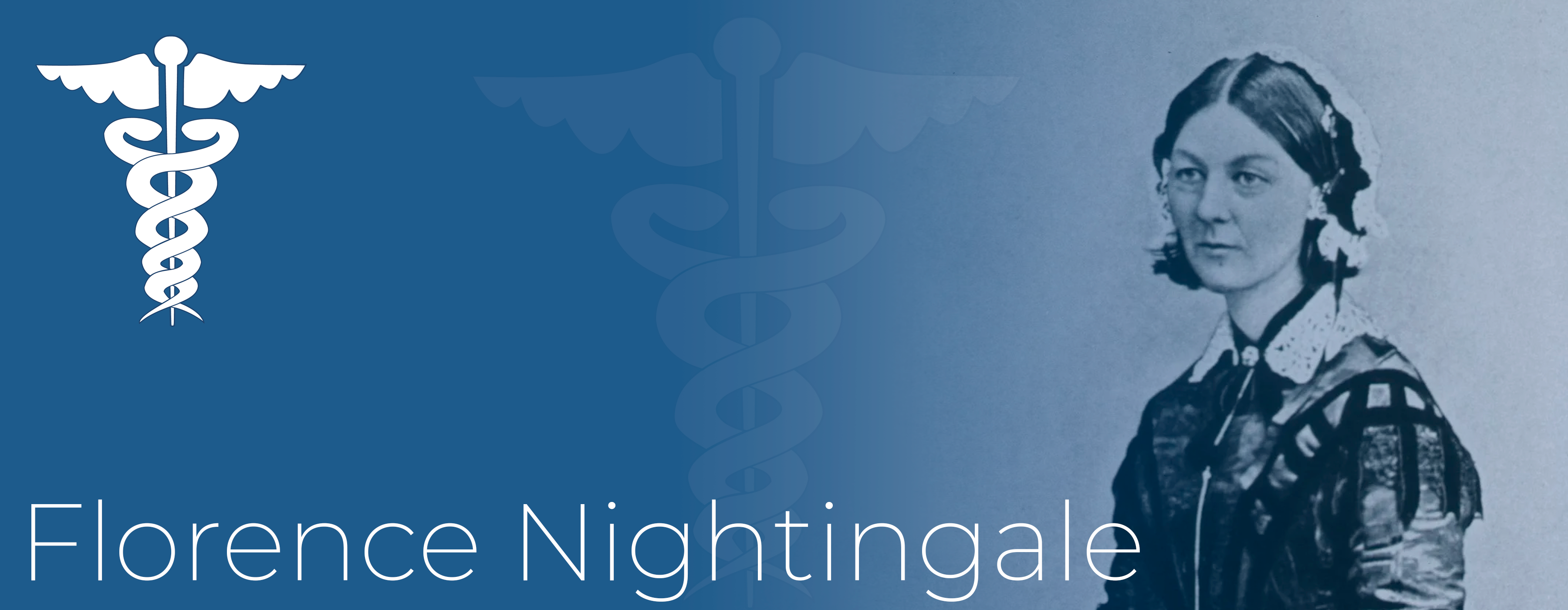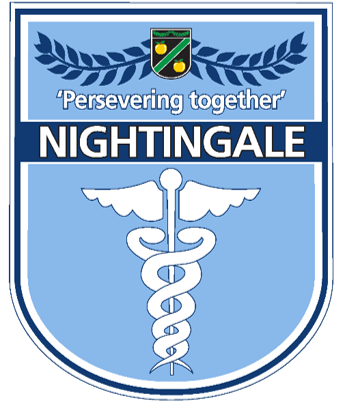House Nightingale

Florence Nightingale (1820-1910) was an English statistician and the founder of modern nursing training and theory. She significantly reduced death rates during the Crimean War by improving hygiene and living standards. Florence gained the nickname 'the Lady with the Lamp' during her work at Scutari. 'The Times' reported that at night she would walk among the beds, checking the wounded men holding a light in her hand. The image of 'the Lady with the Lamp' captured the public's imagination and Florence soon became a celebrity. The lamp symbolises the light that a nurse becomes to her patients and as a symbol of hope and comfort to those who are suffering. In the rigid Victorian society of the time, and in the care of a well-off British family, in which the role of women was limited to their social life, the young Florence Nightingale was clear that she wanted to be a nurse. A chance event would allow her to fulfil her dream. She faced down her family and the canons of the time, and ended up becoming the first professional nurse, improving the care of the wounded in the Crimean War and popularising the training of women in this new profession. In addition to writing over 150 books, pamphlets and reports on health-related issues, she is also credited with creating one of the first versions of the pie chart. However, she is mostly known for making hospitals a cleaner and safer place to be. While at Scutari, Nightingale had contracted “Crimean fever” and would never fully recover. By the time she was 38 years old, she was homebound and bedridden and would be so for the remainder of her life.
Forms: 702, 708, 705, 802, 808
